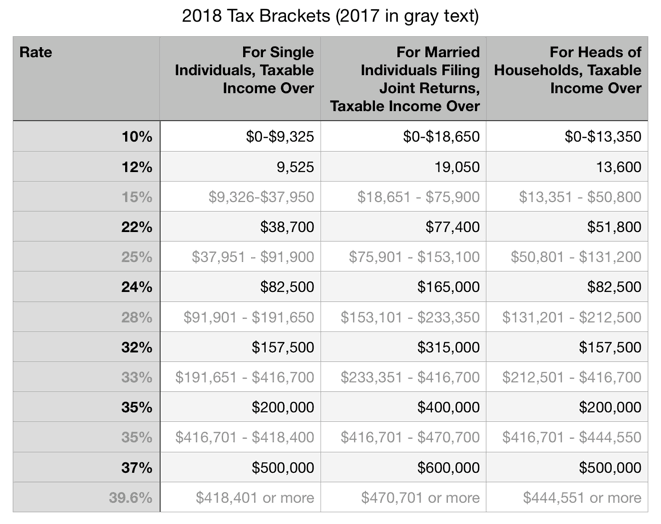The Federal Tax Filing deadline has been extended to July 15, 2020. Taxpayers expecting a refund are encouraged to file their taxes now to get their money.
Learn more by visiting the official IRS website.
The Federal Tax Filing deadline has been extended to July 15, 2020. Taxpayers expecting a refund are encouraged to file their taxes now to get their money.
Learn more by visiting the official IRS website.
2020 Tax Deadlines for Filing 2019 Business Returns |
|
| Partnership Tax Deadlines | Due Date |
| Original tax deadline for partnerships (Form 1065) | March 16, 2020 |
| Extension tax deadline for partnerships (Form 1065) | September 15, 2020 |
| S Corporation Tax Deadlines | Due Date |
| Original tax deadline for S Corporations (Form 1120-S) | March 16, 2020 |
| Extension tax deadline for S Corporations (Form 1120-S) | September 15, 2020 |
| C Corporation Tax Deadlines | Due Date |
| Original tax deadline for C Corporations (Form 1120) | April 15, 2020 |
| Extension tax deadline for C Corporations (Form 1120) | October 15, 2020 |
| Sole Proprietor Tax Deadlines | Due Date |
| Original tax deadline for sole proprietors and individuals (Form 1040) | April 15, 2020 |
| Extension tax deadline for sole proprietors and individuals (Form 1040) | October 15, 2020 |
| Nonprofit Tax Deadlines | Due Date |
| Original tax deadline for exempt organizations (Form 990) | May 15, 2020 |
| Extension tax deadline for exempt organizations (Form 990) | November 16, 2020 |
 Loading...
Loading...
If you owe taxes for 2020 or multiple previous tax years and you have not filed nor paid the taxes due, you will most likely be subject to late filing and late payment penalties. Here are some recommended actions to take:

Although the tax deadline for filing and paying 2019 federal income taxes is still months away, it’s never too early to get organized.
On a yearly basis (usually in November) the IRS adjusts as many as 40 tax provisions for inflation. This is done to prevent what is called “bracket creep,” when people are pushed into higher income tax brackets or have reduced value from credits and deductions due to inflation, instead of any increase in real income. In some cases the changes may seem minimal, but hey – a penny saved is a penny earned!
The IRS used to use the Consumer Price Index (CPI) to calculate the past year’s inflation. However, with the Tax Cuts and Jobs Act of 2017, the IRS will now use the Chained Consumer Price Index (C-CPI) to adjust income thresholds, deduction amounts, and credit values accordingly. Below see the updated tax brackets for 2019.
In 2019, the income limits for all tax brackets and all filers will be adjusted for inflation and will be as follows (Tables 1). The top marginal income tax rate of 37 percent will hit taxpayers with taxable income of $510,300 and higher for single filers and $612,350 and higher for married couples filing jointly.
| Rate | For Unmarried Individuals, Taxable Income Over | For Married Individuals Filing Joint Returns, Taxable Income Over | For Heads of Households, Taxable Income Over |
|---|---|---|---|
| 10% | $0 | $0 | $0 |
| 12% | $9,700 | $19,400 | $13,850 |
| 22% | $39,475 | $78,950 | $52,850 |
| 24% | $84,200 | $168,400 | $84,200 |
| 32% | $160,725 | $321,450 | $160,700 |
| 35% | $204,100 | $408,200 | $204,100 |
| 37% | $510,300 | $612,350 | $510,300 |
The standard deduction for single filers will increase by $200 and by $400 for married couples filing jointly (Table 2).
The personal exemption for 2019 remains eliminated.
| Filing Status | Deduction Amount |
|---|---|
| Single | $12,200 |
| Married Filing Jointly | $24,400 |
| Head of Household | $18,350 |

Today is the deadline for filing and paying 2018 federal income taxes. Any filings after today that are not on extension will be considered late and subject to penalties and interest assessments. Remember if you mail in your return, it must be postmarked today, so make sure that the mailing service you are using whether it be the US Postal service drop-off or other have a collection time that will meet the April 15th postmark deadline.
In the event that you cannot file your tax return by the deadline, you need to file for a tax extension, which is also subject to the above April 15th postmark deadline. To get a filling a tax extension, you will need to submit Form 4868(Application for Automatic Extension of Time To File U.S. Individual Income Tax Return).
The IRS also allows you to get an extension by paying all or part of your estimated income tax due and indicate that the payment is for an extension using Direct Pay, the Electronic Federal Tax Payment System (EFTPS), or a credit or debit card. This way you won’t have to file a separate extension form and you will receive a confirmation number for your records.
It is important to note that, an extension to file will give you six more months to file your taxes, until Oct. 15. It does not however, give you extra time to pay your taxes. You still must estimate and pay what you owe by April 15. You will be charged interest on any amount not paid by the deadline. Below are the 2018 Income Tax Brackets to assist you estimate how much money you will need to send (if any) along with your Form 4868.

The personal exemption for 2018 is eliminated
